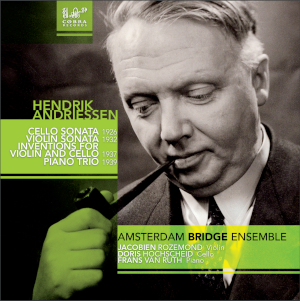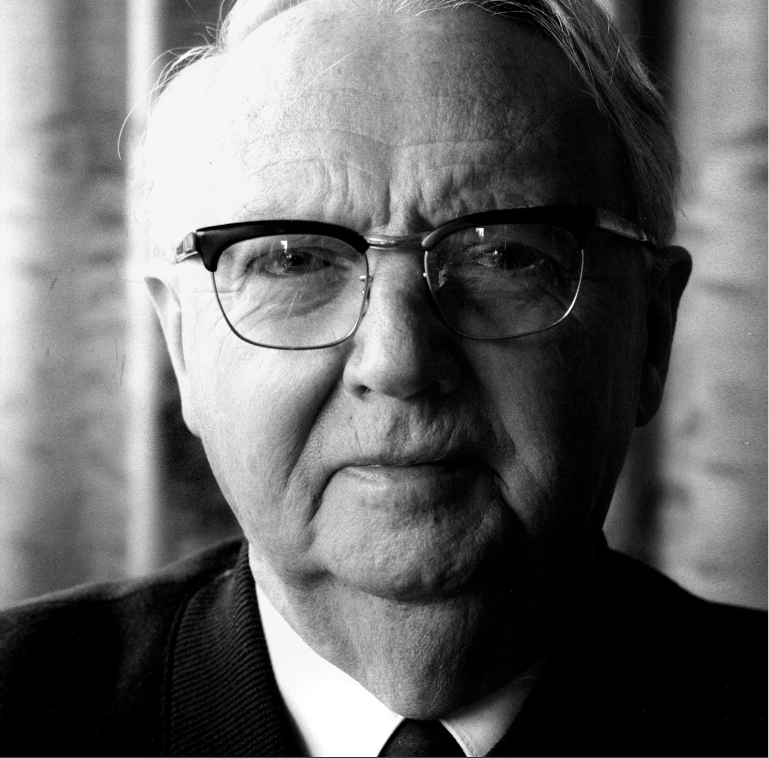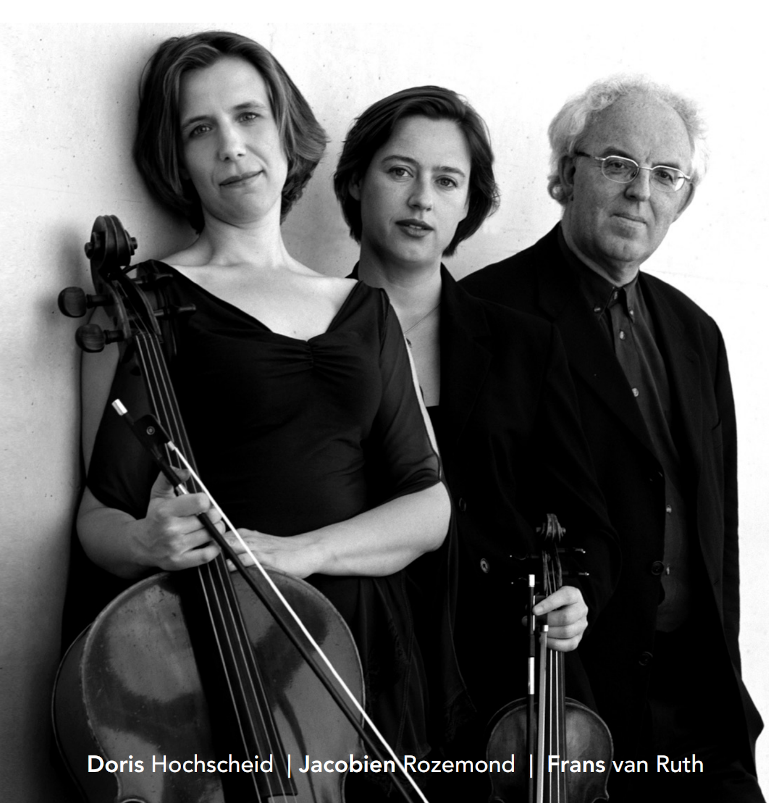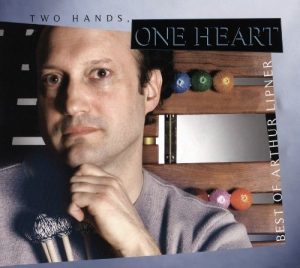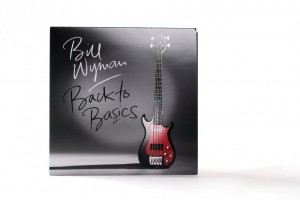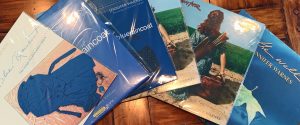Hendrik Andriessen (1892-1981) is not so nearly as well known outside his home country of The Netherlands as he should be. His was a towering musical intellect, ever inventive, ever challenging. These chamber works composed early his career (in the 1930s) are a treasure.
Hendrik Andriessen Works for Cello, Violin & Piano, Amsterdam Bridge Ensemble. Cobra Records 2008, 2015 (Pure DSD64) HERE
Not to be confused with his composer son, Louis Andriessen, the elder Andriessen tends to stay in a more tonal musical landscape, but one that is unmistakably modern. One easily hears the influences of French composers in these pieces, particularly the Sonata for Cello and Piano which flows melodically and poetically.
But dare not to place Hendrik Andriessen in a box too small. Simply listen to the Violin Sonata written some six years after the Cello Sonata. This is music of challenge and contradiction with its striking contrasts of sounds. While this latter piece is arguably more simplistic in composition, it has a bite to it, which I so greatly relish. The Inventions (1937) and the Piano Trio (1939) assume a darker tone, particularly the Trio.
Over the twelve year span in which these four works were composed, one hears a remarkable range of inventiveness, emotional content and creative intensity. These are works to be explored, revisited, and savored. While very satisfying simply on first hearing, these are works that do not fully unfold easily. Plan to invest a bit of time relistening to fully hear what Andriessen communicates in these highly varied works. The effort will be most well rewarded!
All of these works are beautifully performed, with true passion and commitment, by the Amsterdam Bridge Ensemble. They clearly have an affinity for the music and plumb the depths well. And the excellence of the performances is enhanced by the beauty of recorded sound provided by recording engineer Tom Peeters. The sound quality Tom Peeters provides is intimate, warm, and highly resolved. As is usual with his efforts, we are given the gift of being in the immediate presence of the musicians, as in a live recital.
Chamber music recordings simply do not get any better than this. Music, performance, sound quality combine in this album for a treasurable experience. I am so pleased to have found this recording. Highly recommended.
Hendrick Andriessen
Andriessen was born in the Dutch city of Haarlem in 1891, his mother a painter and his father a church organist; his brothers a concert pianist and a sculptor. Initially he opted for a career in journalism. While at the newspaper he also studied organ and succeeded his father as church organist upon his death in 1913. From 1914 Andriessen studied composition and organ at the Amsterdam Conservatory and progressed through a series of appointments both as organist, lecturer in music theory at the Amsterdam Conservatory and director of the Utrecht Conservatory. In 1949 he was appointed director of the Royal Conservatory in The Hague, a post he held until 1957. Between 1954 and 1962, he was appointed an Extraordinary Professor of Musicology at the Catholic University of Nijmegen.
Andreissen's compositional output was prodigious. His works included, besides eight masses, a setting of the Te Deum, four symphonies, variations for orchestra, lieder for voice and orchestra, chamber music, sonatas for cello and for piano, and works for solo organ. He died in Haarlem in 1981.
Amsterdam Bridge Ensemble
Founded in 2005, the Amsterdam Bridge Ensemble appears as a piano quartet, a piano trio and every conceivable duo and trio combination. In addition to playing together over many years, the individual members of the ensemble branch out to perform with other groups. They say for themselves that these associations with other groups bring fresh insight to their playing style and broad repertoire.
All images courtesy of Cobra Records.




